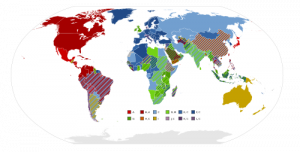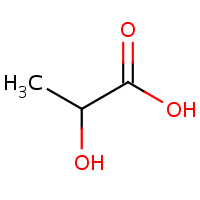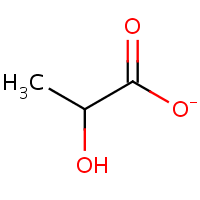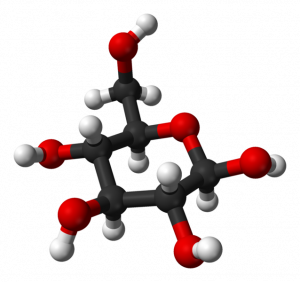Ha, fooled ya! BridgeDb has been able to deal with metabolite identifiers since the beginning. But mapping genes is such a common problem that metabolites aren’t getting any attention. Nearly all the code examples that we have thus far are with genes.
Somebody on the mailinglist asked for an example with metabolites. Well here you go, you’ll see it’s really easy. This example takes the ChEBI identifier for methionine, and looks up the corresponding PubChem identifier.
// service, it does compound mapping fairly well.
// We select the human species, but it doesn't really
// matter which species we pick.
Class.forName ("org.bridgedb.webservice.bridgerest.BridgeRest");
IDMapper mapper = BridgeDb.connect(
"idmapper-bridgerest:http://webservice.bridgedb.org/Human");
// Start with defining the Chebi identifier for
// Methionine, id 16811
Xref src = new Xref("16811", BioDataSource.CHEBI);
// the method returns a set, but actually there is only one result
for (Xref dest : mapper.mapID(src, BioDataSource.PUBCHEM))
{
// this should print 6137,
// the pubchem identifier for Methionine.
System.out.println ("" + dest.getId());
}
Compile this example with org.bridgedb.jar, org.bridgedb.bio.jar and org.bridgedb.webservice.bridgerest.jar in the classpath, which can be downloaded from http://bridgedb.org/data/releases/




